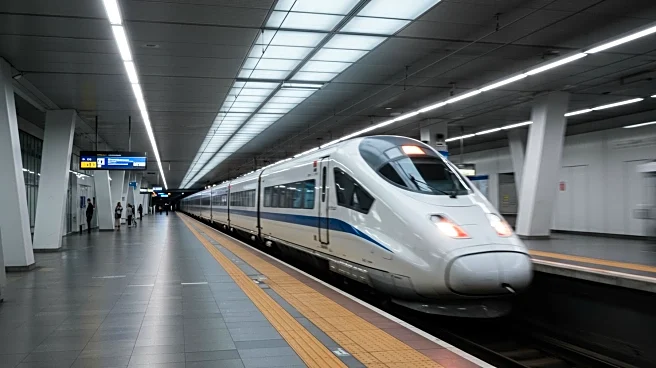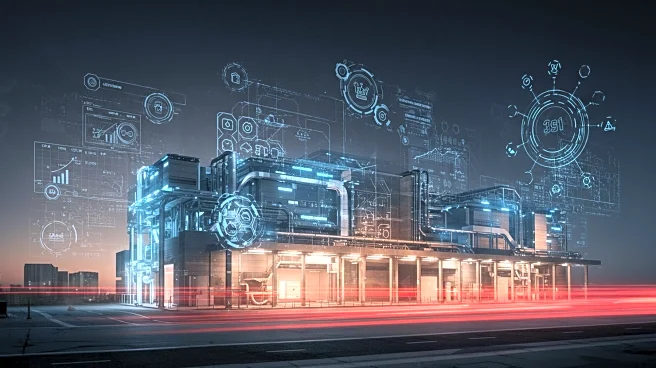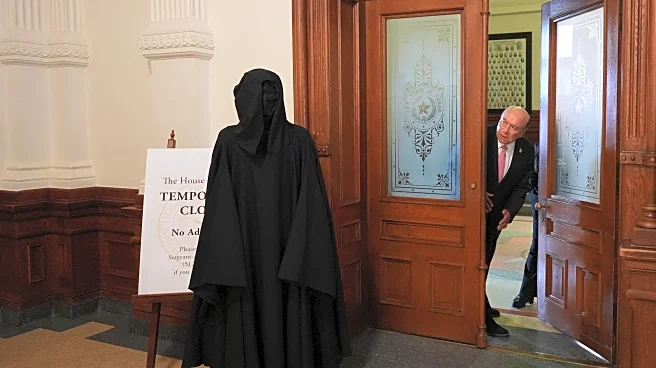What's Happening?
Amtrak is set to introduce its NextGen Acela trains into revenue service on August 28, offering a high-speed rail option between Washington, D.C. and Boston. These new trains, modeled after France's TGV trains, feature advanced amenities such as 5G WiFi, a cafe car, and redesigned seats for enhanced comfort. Amtrak's marketing campaign highlights the advantages of train travel, including spacious seating and downtown station locations, as opposed to the stress associated with flying. The trains were built in America using union labor, creating approximately 15,000 jobs, and are part of Amtrak's strategy to position rail travel as a superior alternative to air travel.
Why It's Important?
The introduction of NextGen Acela trains represents a significant investment in the U.S. rail infrastructure, potentially shifting consumer preferences from air travel to rail. This move could impact the airline industry, which has seen increased domestic travel and substantial investments in new planes. Amtrak's focus on American-made trains and job creation aligns with national sentiments favoring domestic employment, which could bolster public support for rail travel. The enhanced amenities and marketing strategy may attract more passengers, contributing to a more sustainable transportation option and reducing reliance on air travel.
What's Next?
Amtrak's NextGen Acela trains will begin service soon, and their performance and passenger reception will be closely monitored. The success of these trains could lead to further investments in rail infrastructure and expansion of high-speed rail services across the U.S. Stakeholders, including government agencies and transportation companies, may react by considering similar investments or policy changes to support rail travel. The ongoing competition between rail and air travel will likely influence future transportation strategies and consumer choices.














